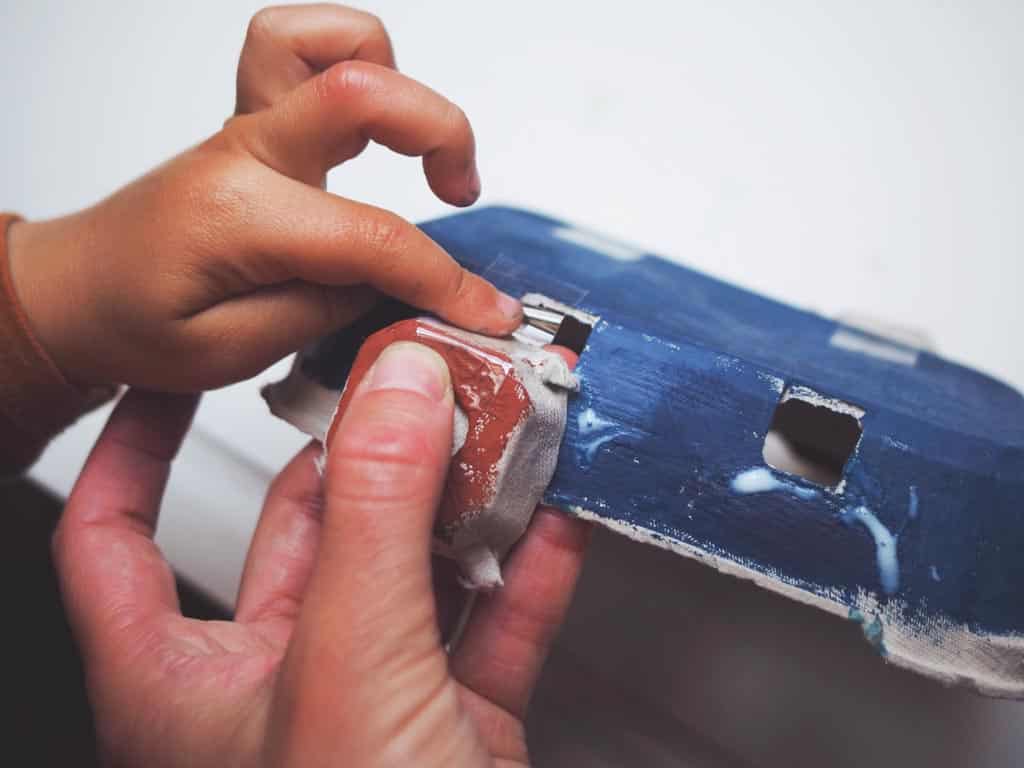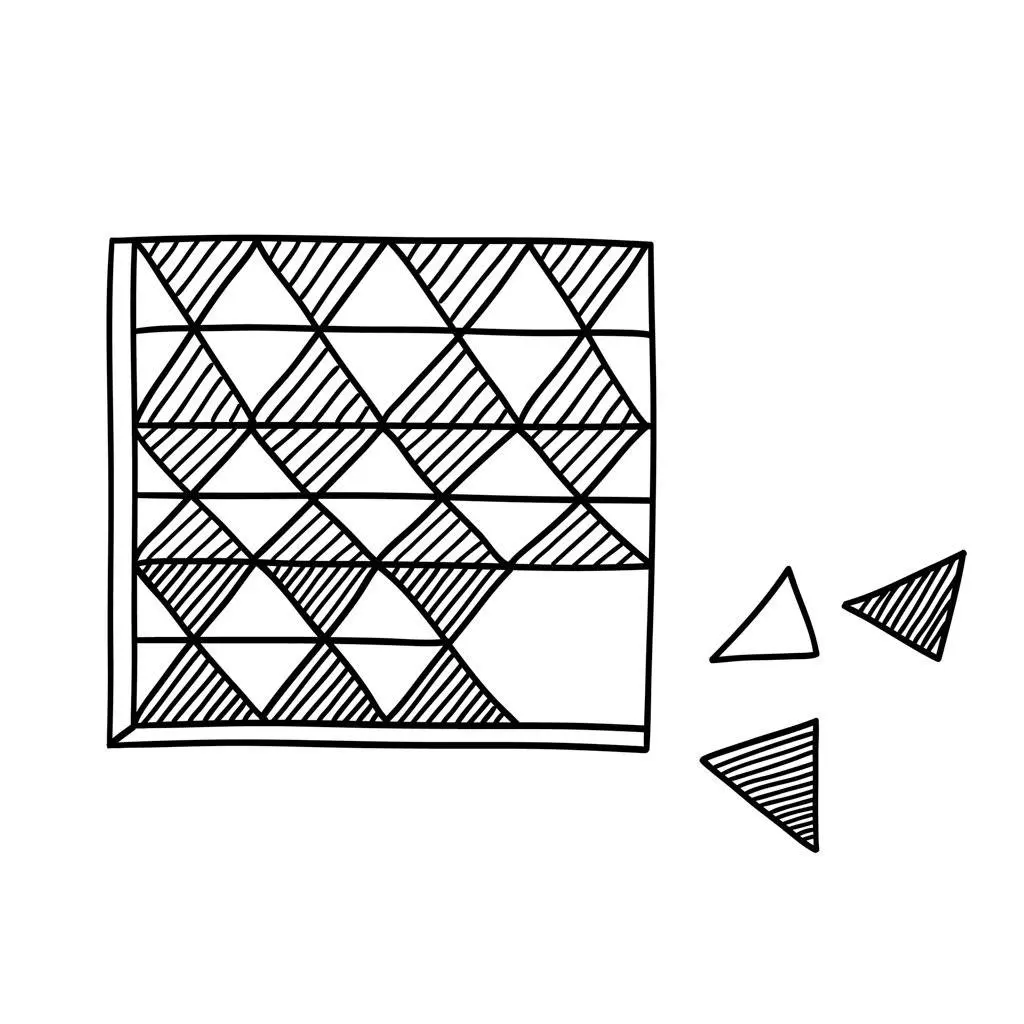Human beings, especially children, are drawn to light. The way it changes colour and creates shadows, emphasises shape and form can be mesmerising. Playing with light and shadow can help children create new ideas, ask questions and test theories. It’s also a good way to develop focus and concentration, that sense of being lost in something.
The idea behind light and shadow play is to build an understanding of where light comes from, and show children that it’s possible to mix light like you can paint.
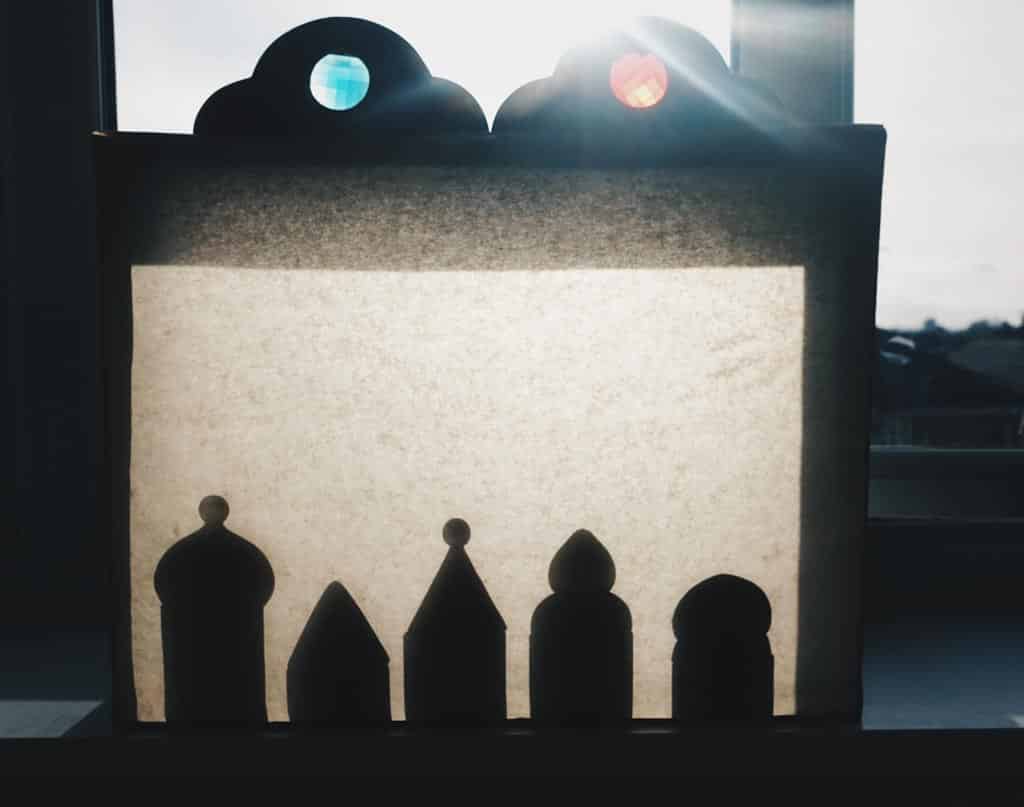
Make a shadow theatre.
Cut a rectangular hole in the side of a cardboard box and tape a sheet of tracing paper across it. Greaseproof paper is a decent substitute.
Place a lamp behind the screen so that your figures cast their shadows onto it.
You can make puppets out of black card, with wooden barbecue skewers (or pencils) taped to the back as handles. Or, you can simply use toys, if you don’t mind your hands showing.
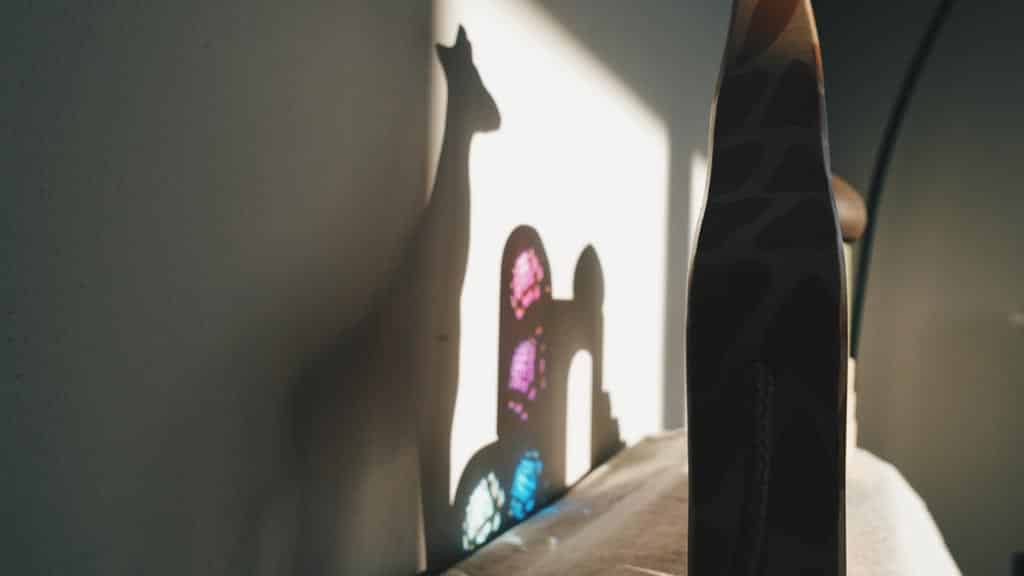
Mix coloured light
If you have colourful plastic of any kind (you don’t need fancy blocks like these), you can experiment with coloured light.
What happens when you mix two colours together? What combinations can you make?
You can also try looking through the plastic. How does the world change? What happens if you stack two colours and look through both at the same time?
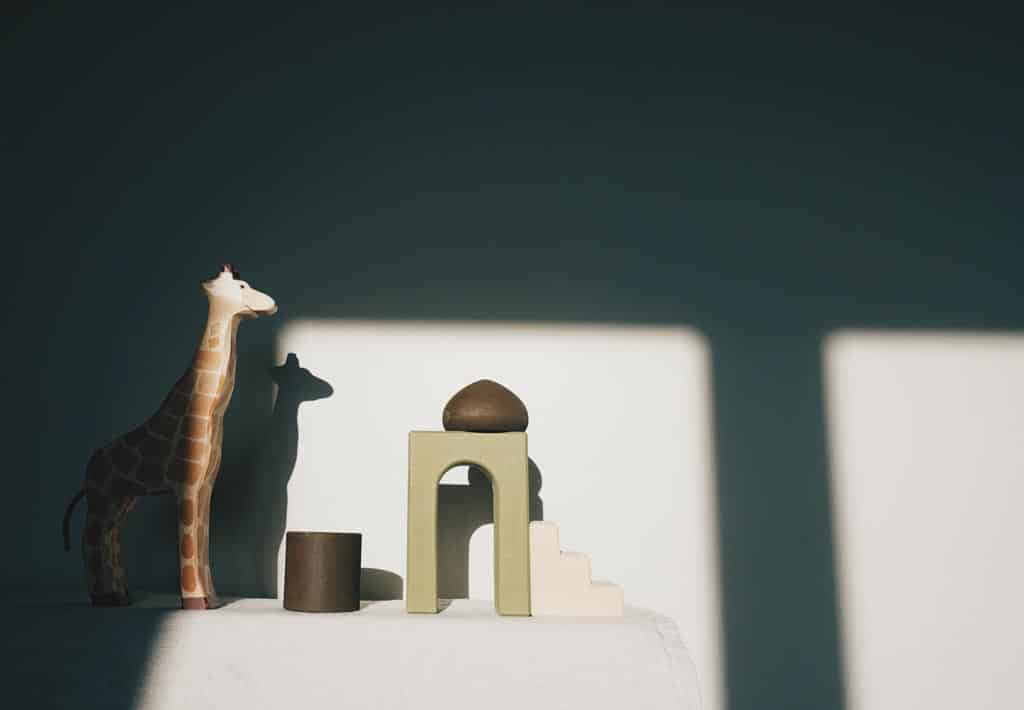
Play with shadows
Cast shadows on the wall with your hands or a toy. What happens when you move closer or further away?
Play with a torch
How do all the above activities change when you use a torch rather than natural light?
Make a lightbox
A lightbox is a lovely, soft and safe way to play with light. You don’t need to buy an expensive new one, either. A clear plastic storage box, filled with fairy lights, is a very effective alternative. Tape some tracing paper or baking parchment on the underside of the lid to diffuse the light for a more even effect. Experiment with differently-coloured translucent plastic shapes, such as magnetic tiles, and enjoy the effect they create. Read more about how to make a DIY lightbox.
Experiment
There’s a time to learn about light and shadow more formally. But that comes later, at school. For now, the focus is on fun and exploration.
It’s OK not to set up any of the activities above but to simply provide a torch and some plastic. See what your child comes up with.
If you don’t have a torch, try drawing the curtains, leaving just a chink of light. It will cast a band of bright light on the wall, framed by shadow – a perfect canvas for your play.


